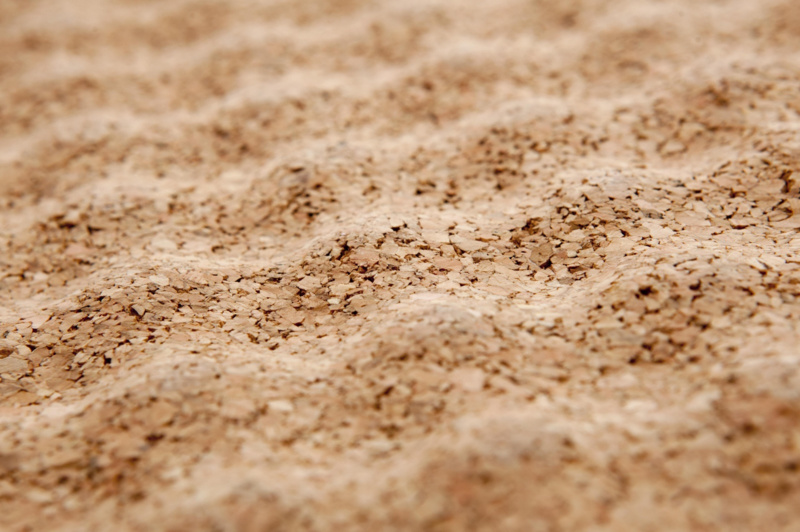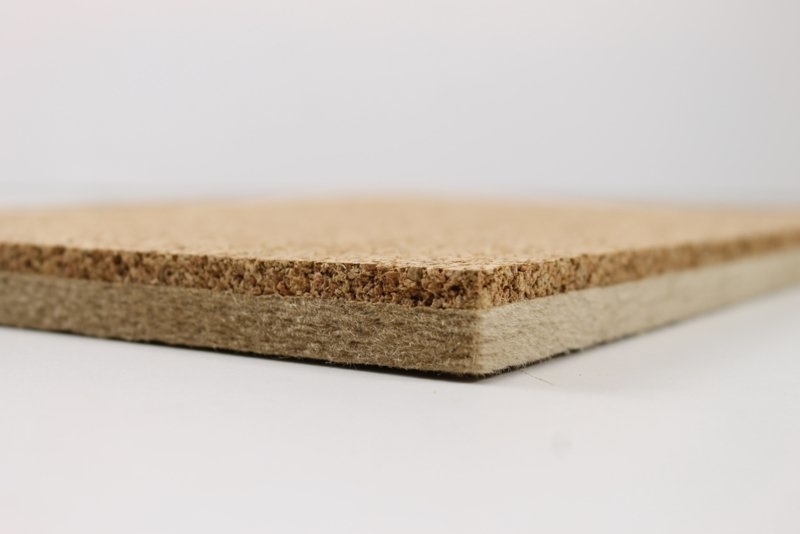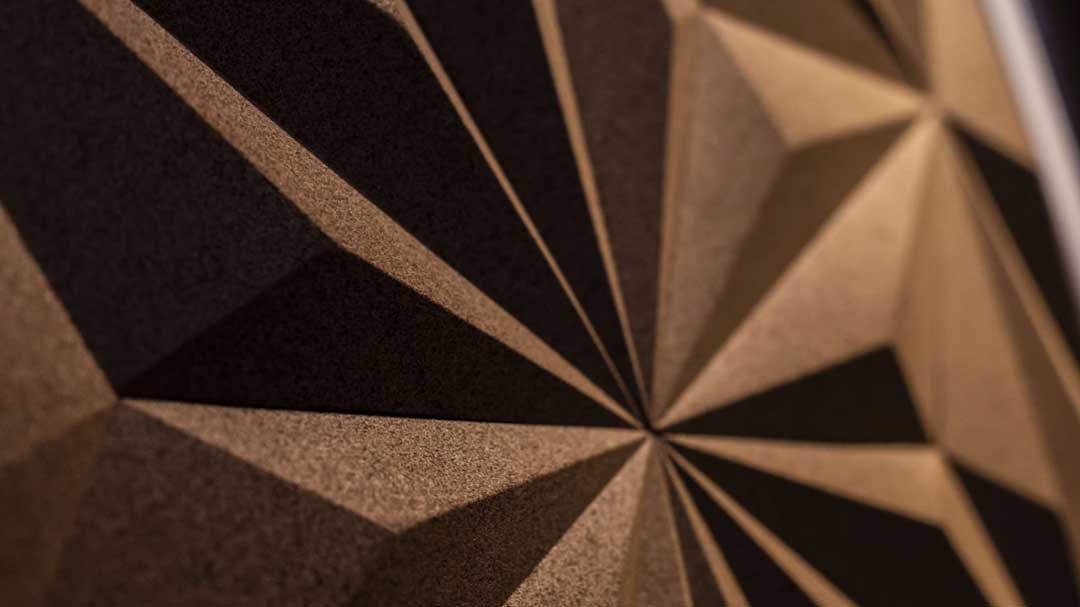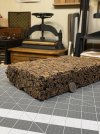Anyone used cork when treating rooms?
Noticing official products in this regard, stating it can be used for acoustic treatments, but one specialist recenetly told me cork actually reflects sounds and it's a very bad material for treating room acoustics.

 www.kurk24.nl
or
www.kurk24.nl
or

 www.kurk24.nl
www.kurk24.nl
I had an idea of creating a bespoke acoustic panel based off of a 40mm recycled cotton or polyurethane foam and pur a layer of cork on the surface, for the looks and practicality of pinning pictures to it.
Thanks!
Noticing official products in this regard, stating it can be used for acoustic treatments, but one specialist recenetly told me cork actually reflects sounds and it's a very bad material for treating room acoustics.

Acousticork kurkrol - 5-10mm dik - 100cm breed - VOORGELIJMD ✓ Bestel nu! | Kurk24.nl | De Kurkspecialist
Koop uw Acousticork kurkrol - 5-10mm dik - 100cm breed - VOORGELIJMD en meer Acousticork nu ✓ op Kurk24.nl - De Kurkspecialist

Akoestisch Paneel ✓ Bestel nu! | Kurk24.nl | De Kurkspecialist
Akoestisch Paneel - prikbord - 40 x 120 cm cm. en meer Akoestische kurkplaten nu ✓ op Kurk24.nl - De Kurkspecialist
I had an idea of creating a bespoke acoustic panel based off of a 40mm recycled cotton or polyurethane foam and pur a layer of cork on the surface, for the looks and practicality of pinning pictures to it.
Thanks!





